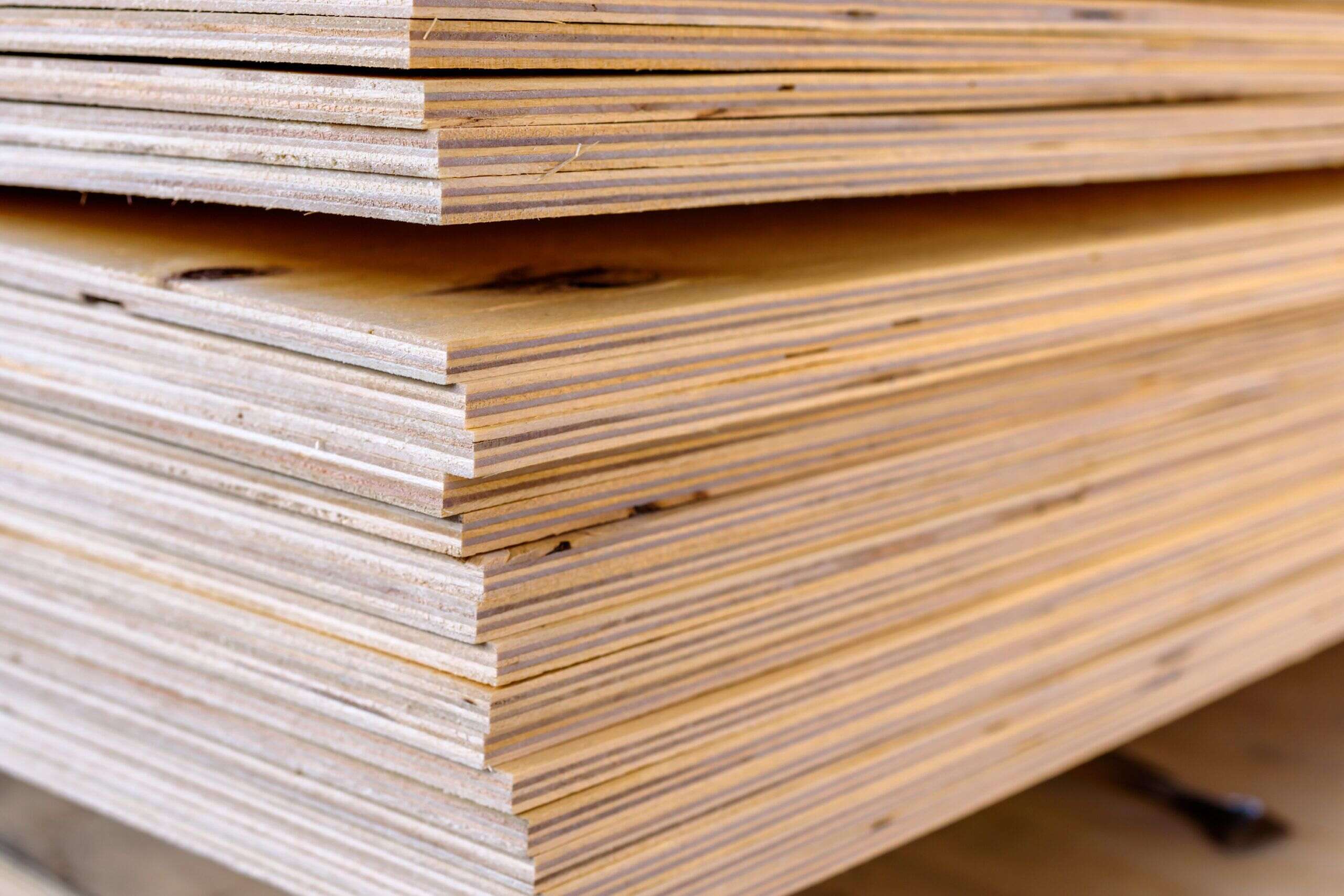

Articles
What Type Of Plywood Is For Exterior Walls
Modified: December 7, 2023
Discover the best type of plywood for exterior walls in this informative article. Learn about the different options and choose the right plywood for your project.
(Many of the links in this article redirect to a specific reviewed product. Your purchase of these products through affiliate links helps to generate commission for Storables.com, at no extra cost. Learn more)
Introduction
When it comes to building or renovating exterior walls, selecting the right type of plywood is crucial. Exterior walls are exposed to various weather conditions, including rain, snow, heat, and cold, making it essential to choose a plywood material that can withstand these elements.
In this article, we will explore the different types of plywood suitable for exterior walls and discuss the key characteristics that make them ideal for this application. We will also provide helpful tips on choosing the right plywood and offer guidance on proper installation techniques.
Whether you are a homeowner embarking on a DIY project or a professional contractor working on a construction site, understanding the different types of plywood for exterior walls will empower you to make informed decisions and ensure the longevity and durability of your project.
Key Takeaways:
- Choosing the right plywood for exterior walls involves considering climate, budget, application specifics, and maintenance needs. Understanding the characteristics of different plywood types is crucial for creating durable and weather-resistant structures.
- Proper installation and maintenance of exterior plywood are essential for long-term performance. Surface preparation, fastening techniques, exterior finishes, and regular inspections contribute to the durability and protection of exterior walls.
Read more: What Thickness Of Plywood For Interior Walls
Types of Plywood for Exterior Walls
When it comes to choosing plywood for exterior walls, there are several options available. Each type of plywood offers different qualities and characteristics that make them suitable for specific applications. Let’s explore some of the common types:
CDX Plywood
CDX plywood, also known as construction-grade plywood, is one of the most commonly used types of plywood for exterior walls. It is made from layers of softwood veneer and has a C-grade face and a D-grade back. CDX plywood is affordable and provides decent weather resistance. However, it may not be as durable as other types of exterior plywood and may require additional treatment for prolonged exposure to moisture.
Pressure Treated Plywood
Pressure treated plywood is specifically designed to withstand outdoor conditions and resist decay and insect damage. It is made by infusing the wood fibers with chemical preservatives under high pressure, making it highly resistant to rot and insect infestation. Pressure treated plywood is an excellent choice for exterior walls that are in direct contact with the ground or are exposed to moisture.
Marine Plywood
Marine plywood is a high-quality and durable type of plywood specifically designed for applications in marine environments. It is made with waterproof adhesive and uses hardwood veneers that offer superior strength and resistance to moisture. Marine plywood is an excellent choice for exterior walls in coastal areas or in regions with high humidity or heavy rainfall.
Read more: What Type Of Plywood For Attic Floor
OSB (Oriented Strand Board)
While not technically plywood, OSB is a popular alternative for exterior walls. It is made by compressing strands of wood with adhesive to create a sturdy and relatively inexpensive panel. OSB is known for its high strength and dimensional stability. However, it is less resistant to moisture compared to other types of exterior plywood, making it more suitable for projects where direct contact with water is limited.
When choosing the type of plywood for your exterior walls, consider factors such as weather conditions, budget, and the specific requirements of your project. Consulting with a professional or a knowledgeable supplier can also help you make an informed decision.
Characteristics of Exterior Plywood
To ensure the longevity and performance of exterior walls, it is important to understand the key characteristics of exterior plywood. These qualities contribute to the plywood’s ability to withstand outdoor conditions and protect the underlying structure. Let’s explore some of the important characteristics:
Weather Resistance
Exterior plywood is specifically designed to withstand the rigors of weather exposure. It should have the ability to resist moisture, temperature fluctuations, and UV radiation. Plywood with good weather resistance will maintain its structural integrity and appearance even under harsh conditions.
Strength and Durability
Exterior plywood should be strong and durable to provide structural support and withstand external forces. It should have sufficient tensile strength, resistance to bending, and ability to hold fasteners securely. High-quality plywood with solid construction and proper bonding will ensure the stability and longevity of the exterior walls.
Moisture Resistance
One of the primary concerns for exterior plywood is its resistance to moisture. Plywood with good moisture resistance properties will not swell, warp, or rot when exposed to rain, humidity, or moisture in the surrounding environment. This characteristic is especially crucial for areas with high rainfall or locations near bodies of water.
Resistance to Insects and Decay
Exterior plywood should have natural resistance or be treated to protect against insect infestations and decay. This is typically achieved by using chemical treatments or selecting plywood made from naturally decay-resistant wood species. Plywood that can withstand insect damage and resist decay will ensure the long-term integrity of the exterior walls.
By considering these characteristics when selecting exterior plywood, you can choose a material that will provide the necessary protection and performance for your exterior walls. It is important to balance these characteristics with the specific requirements of your project and the local climate conditions. Consulting with professionals or experts in the field can help you make an informed decision.
Choosing the Right Plywood for Exterior Walls
When it comes to choosing the right plywood for exterior walls, there are several factors to consider. Each project will have its own unique requirements and limitations. Let’s explore some important considerations:
Climate Considerations
The climate of your region plays a significant role in determining the type of plywood suitable for your exterior walls. If you live in an area with high humidity, heavy rainfall, or extreme temperature fluctuations, opt for plywood with excellent moisture resistance and weather durability. Marine plywood or pressure treated plywood are good options for such climates. In milder climates, CDX plywood may suffice.
Read more: What Are Exterior Walls Made Of
Budget Constraints
Your budget will also influence your choice of plywood for exterior walls. Different types of plywood have varying costs. Marine plywood tends to be more expensive, while CDX plywood is more budget-friendly. Consider your project’s needs and prioritize your spending accordingly, ensuring that you choose a plywood option that offers good value for money.
Application Specifics
Consider the specific application of the plywood on your exterior walls. Are you using it as a sheathing material underneath other siding materials, or will it be exposed directly to the elements? Will it be in contact with soil or water? Understanding the specific requirements of your project will help you select the appropriate plywood with the necessary properties such as moisture resistance, strength, and durability.
Longevity and Maintenance
Think about the longevity and maintenance requirements of the plywood for your exterior walls. Some types of plywood may require more frequent maintenance or refinishing to keep them in good condition. Others, like pressure treated plywood or marine plywood, may require less maintenance due to their inherent resistance to decay and moisture. Consider your capacity for regular maintenance and factor that into your plywood selection.
It is important to strike a balance between climate considerations, budget constraints, application specifics, and the desired longevity and maintenance requirements. Consulting with professionals, such as architects, contractors, or suppliers with experience in exterior wall construction, can provide valuable insights and help you make an informed decision.
Installation Tips for Exterior Plywood
Installing exterior plywood correctly is essential for ensuring the durability and longevity of your exterior walls. Here are some key installation tips to consider:
Read more: What Kind Of Sheathing Is For Exterior Walls
Preparing the Surface
Before installing exterior plywood, ensure that the surface is clean, dry, and free from any debris. Remove any existing siding or damaged materials. Repair any structural issues or damage to the underlying framework. Apply a suitable weather-resistant barrier, such as house wrap or building paper, to provide an additional layer of protection against moisture.
Proper Fastening Techniques
When fastening exterior plywood to the walls, use appropriate fasteners that are resistant to corrosion, such as galvanized or stainless steel nails or screws. Place the fasteners at regular intervals along the edges and within the field of the plywood sheets. Follow the manufacturer’s recommendations for the correct size and spacing of the fasteners. Be mindful of the structural framing behind the plywood and secure the plywood firmly to provide structural stability.
Applying Exterior Finishes
After the plywood is properly installed, it is important to apply exterior finishes to protect it from moisture and UV radiation. Consider applying a high-quality exterior paint, stain, or sealer. Follow the manufacturer’s instructions regarding application techniques and the number of coats required. Regularly inspect and maintain the finishes to ensure their effectiveness in preserving the plywood’s integrity.
Maintenance and Inspection
Regular maintenance and inspection are crucial for the long-term performance of the exterior plywood. Inspect the plywood periodically for any signs of damage, such as water infiltration, rot, or insect infestation. Promptly repair any damage or deterioration to prevent further issues. Regularly clean the plywood surface and remove any debris or vegetation that may accumulate.
Additionally, ensure proper drainage around the exterior walls to prevent water from pooling or collecting near the plywood. Regularly check and clean gutters and downspouts to ensure proper water flow away from the walls.
By following these installation tips and implementing regular maintenance and inspections, you can ensure that your exterior plywood walls remain in excellent condition and provide the necessary protection for your structure.
Read more: What Are Camper Exterior Walls Made Of
Conclusion
Choosing the right plywood for exterior walls is essential for ensuring the longevity, durability, and weather resistance of your structure. By considering factors such as climate, budget, application specifics, and maintenance requirements, you can make an informed decision and select the appropriate plywood for your project.
There are various types of plywood suitable for exterior walls, such as CDX plywood, pressure-treated plywood, marine plywood, and OSB. Each type possesses different qualities and characteristics that make them suitable for specific applications.
It is crucial to understand the key characteristics of exterior plywood, including weather resistance, strength, moisture resistance, and resistance to insects and decay. These qualities contribute to the plywood’s ability to withstand outdoor conditions and protect the underlying structure.
When installing exterior plywood, proper surface preparation, using the correct fastening techniques, applying suitable exterior finishes, and implementing regular maintenance and inspections are all important factors to consider. These measures will ensure the proper installation, protection, and long-term performance of the plywood.
In summary, by selecting the right plywood, considering the specific requirements of your project, and following proper installation and maintenance techniques, you can create strong and durable exterior walls that withstand the elements and provide security and protection for your structure.
Always consult with professionals or experienced suppliers to gain valuable insights and guidance in making the best choice for your specific project. By taking these steps, you can have confidence in your selection of plywood and enjoy the benefits of a well-built and weather-resistant exterior wall system.
Frequently Asked Questions about What Type Of Plywood Is For Exterior Walls
Was this page helpful?
At Storables.com, we guarantee accurate and reliable information. Our content, validated by Expert Board Contributors, is crafted following stringent Editorial Policies. We're committed to providing you with well-researched, expert-backed insights for all your informational needs.
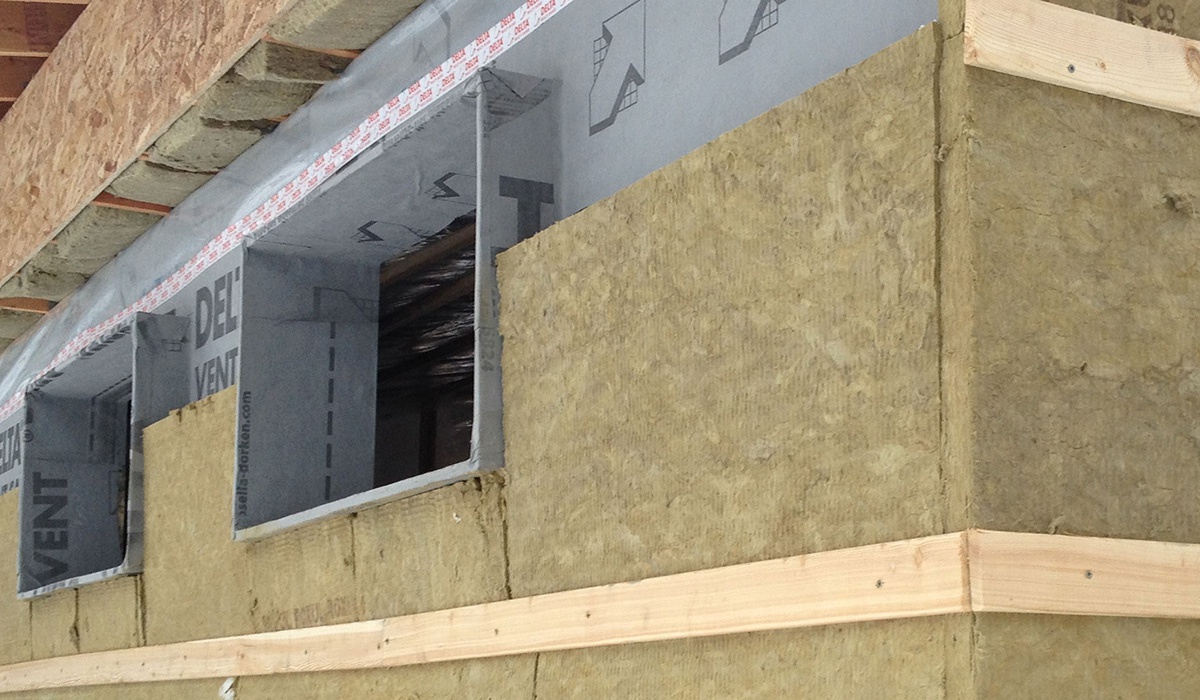
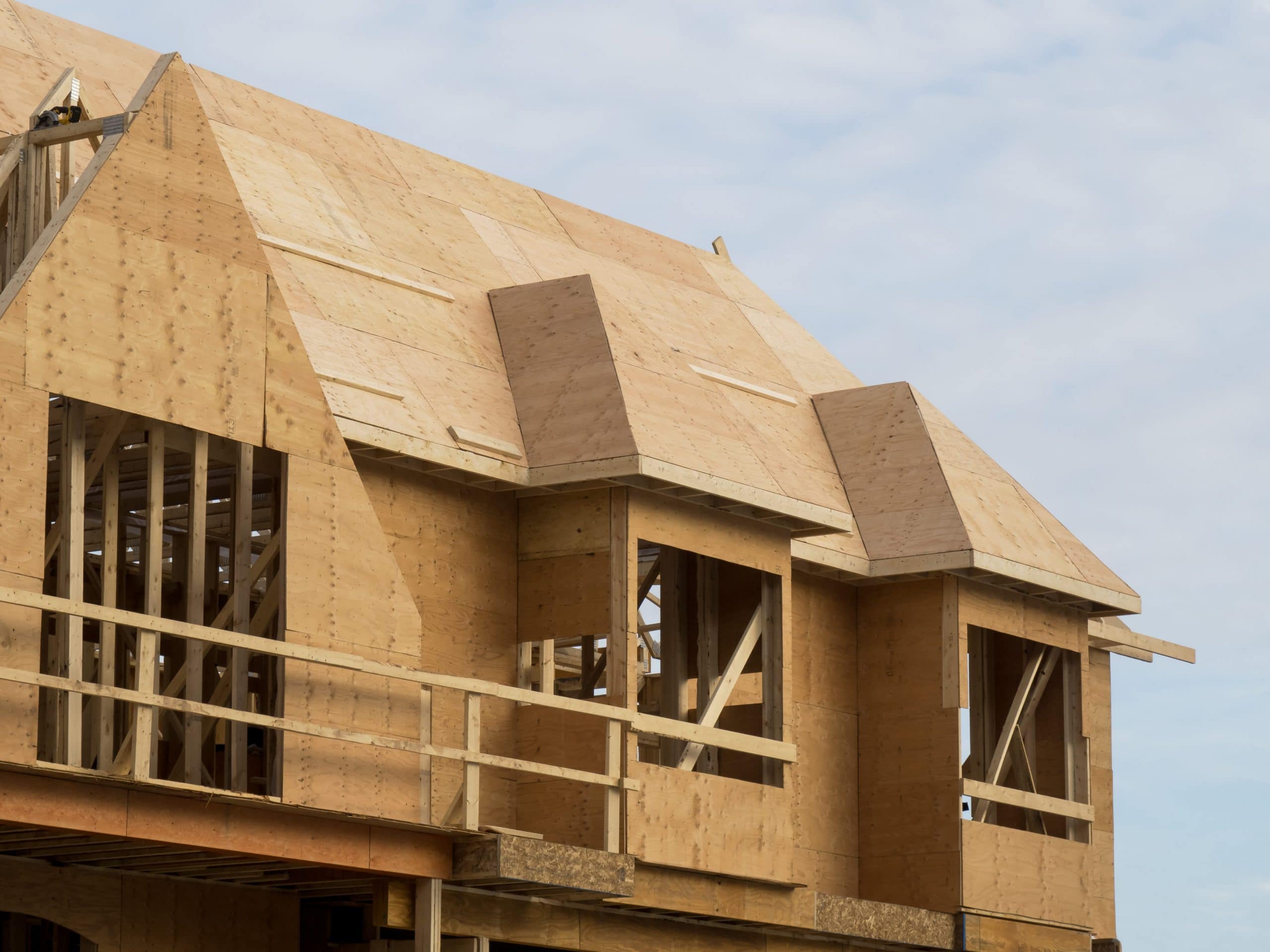
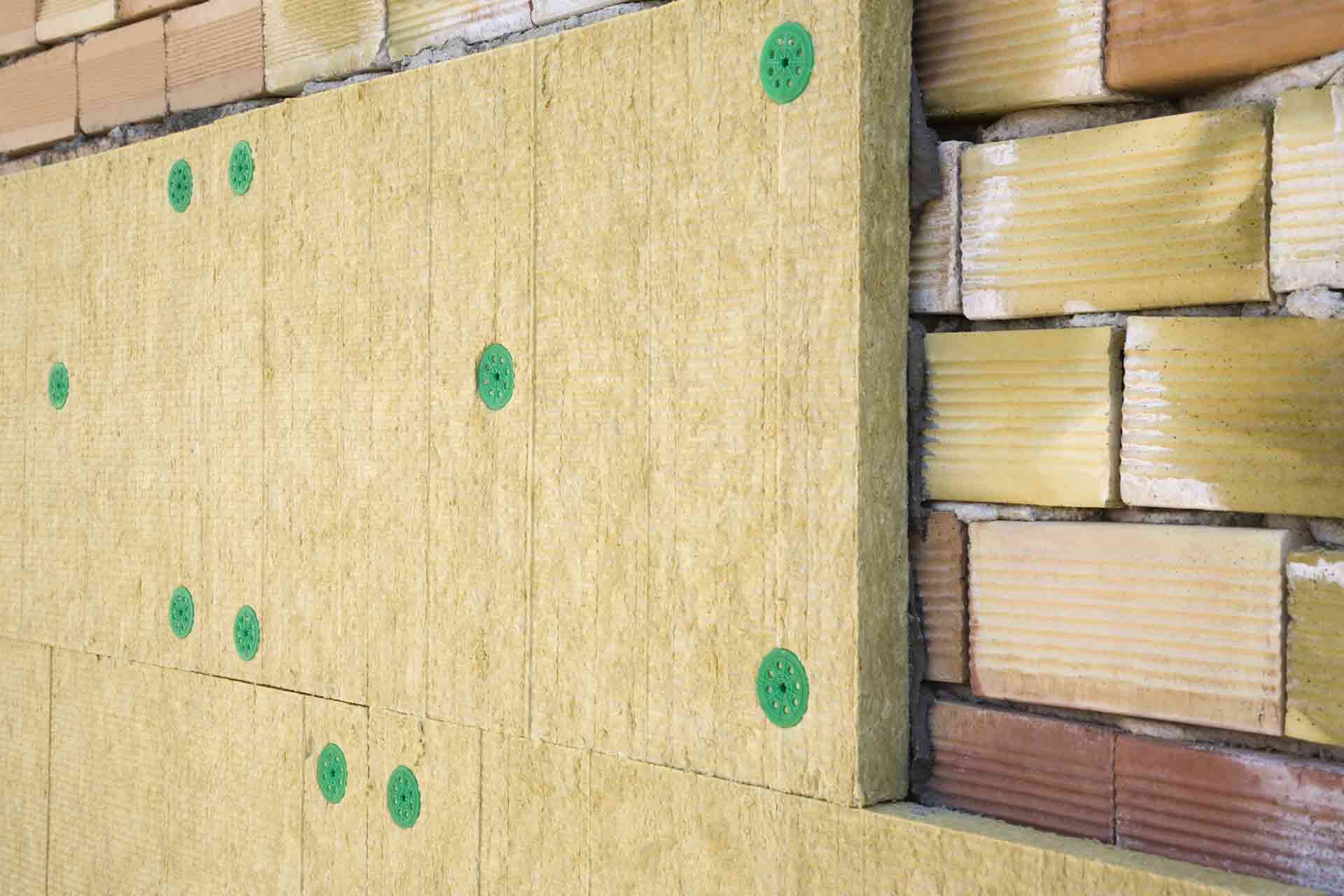
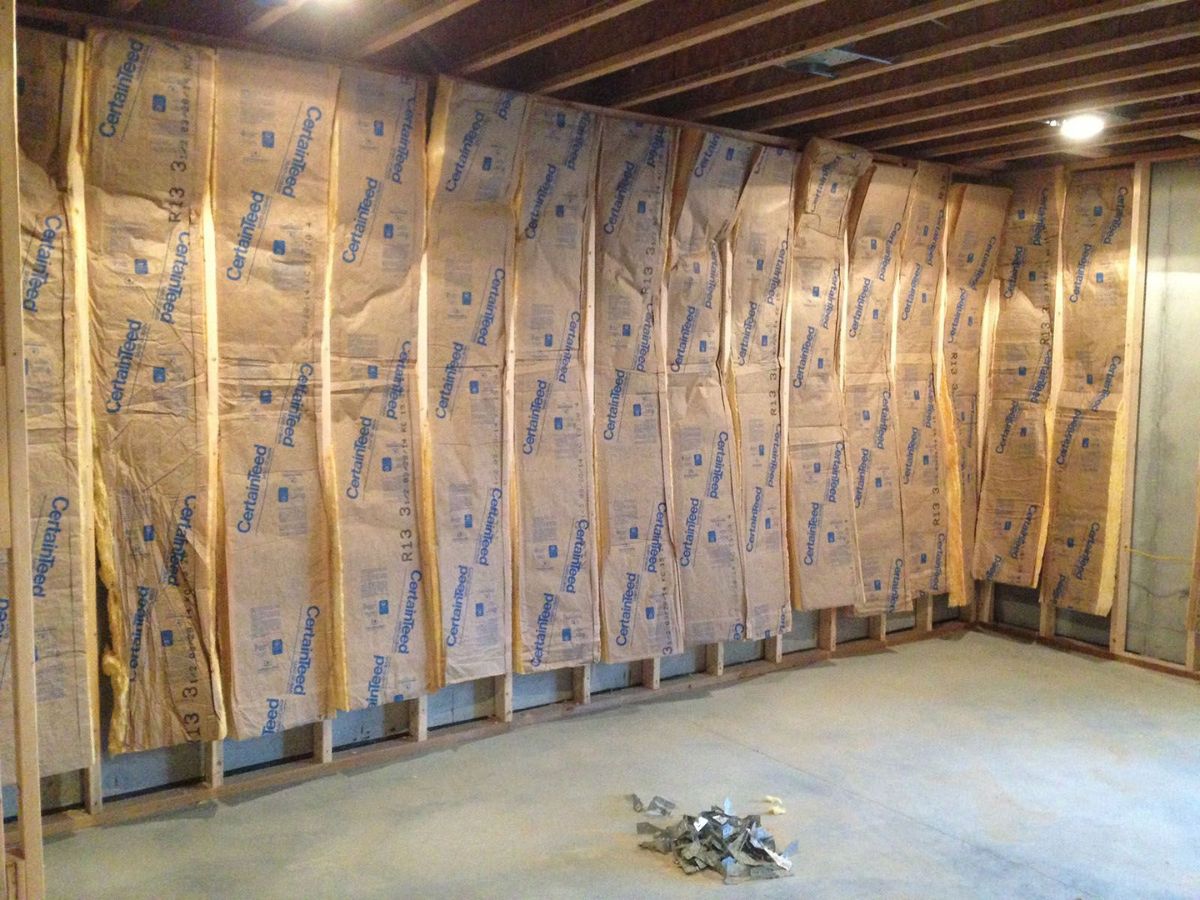
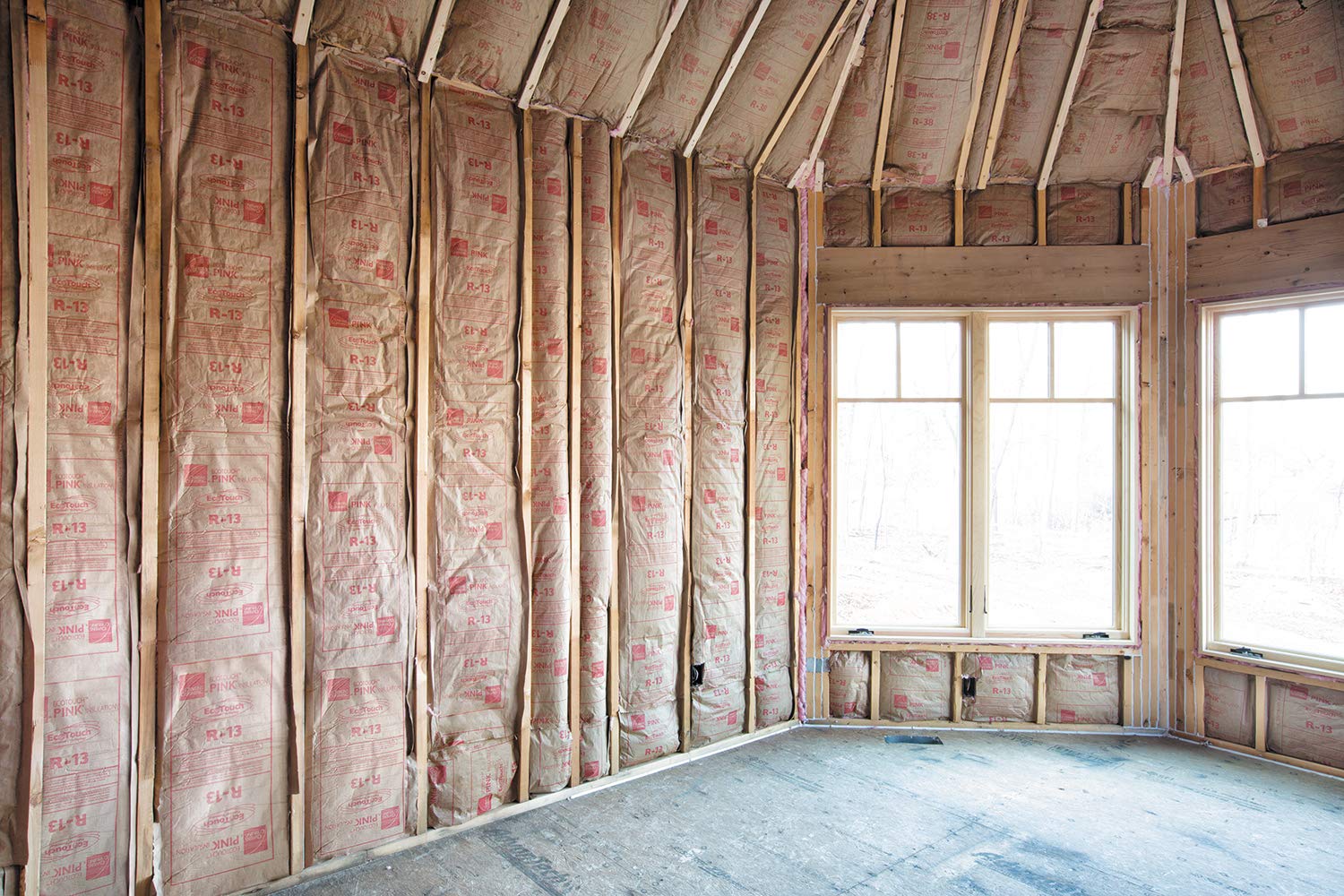
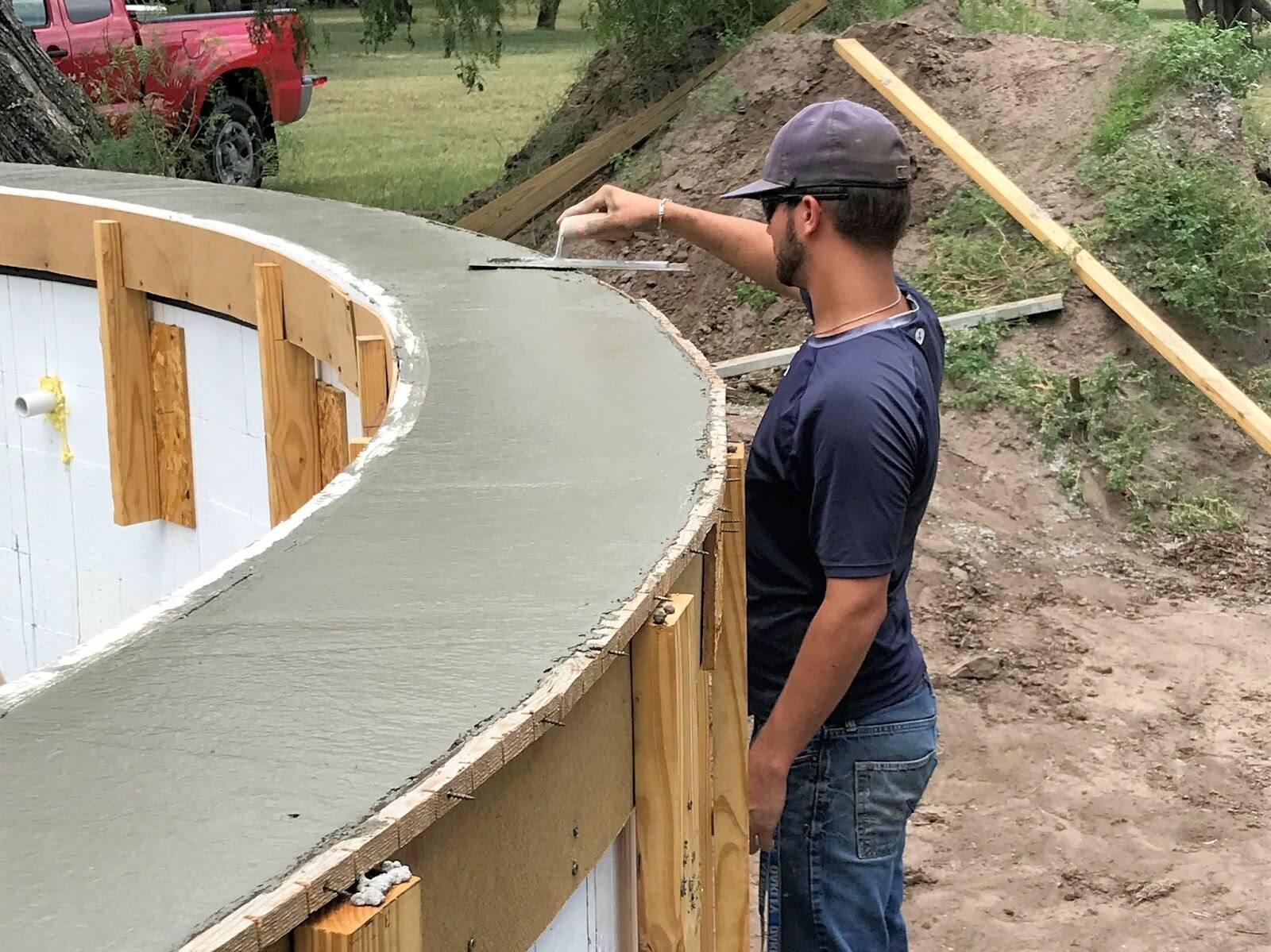
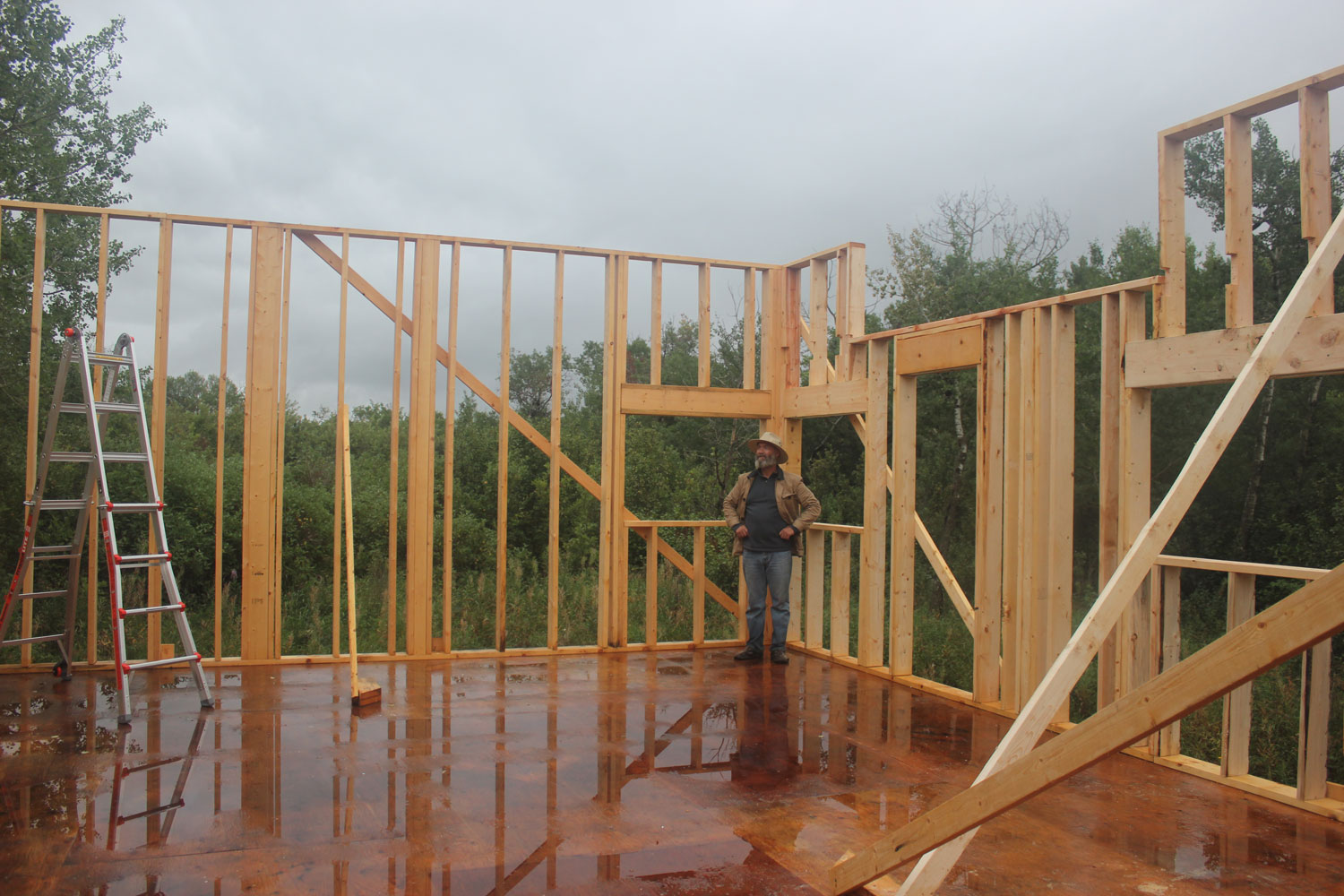
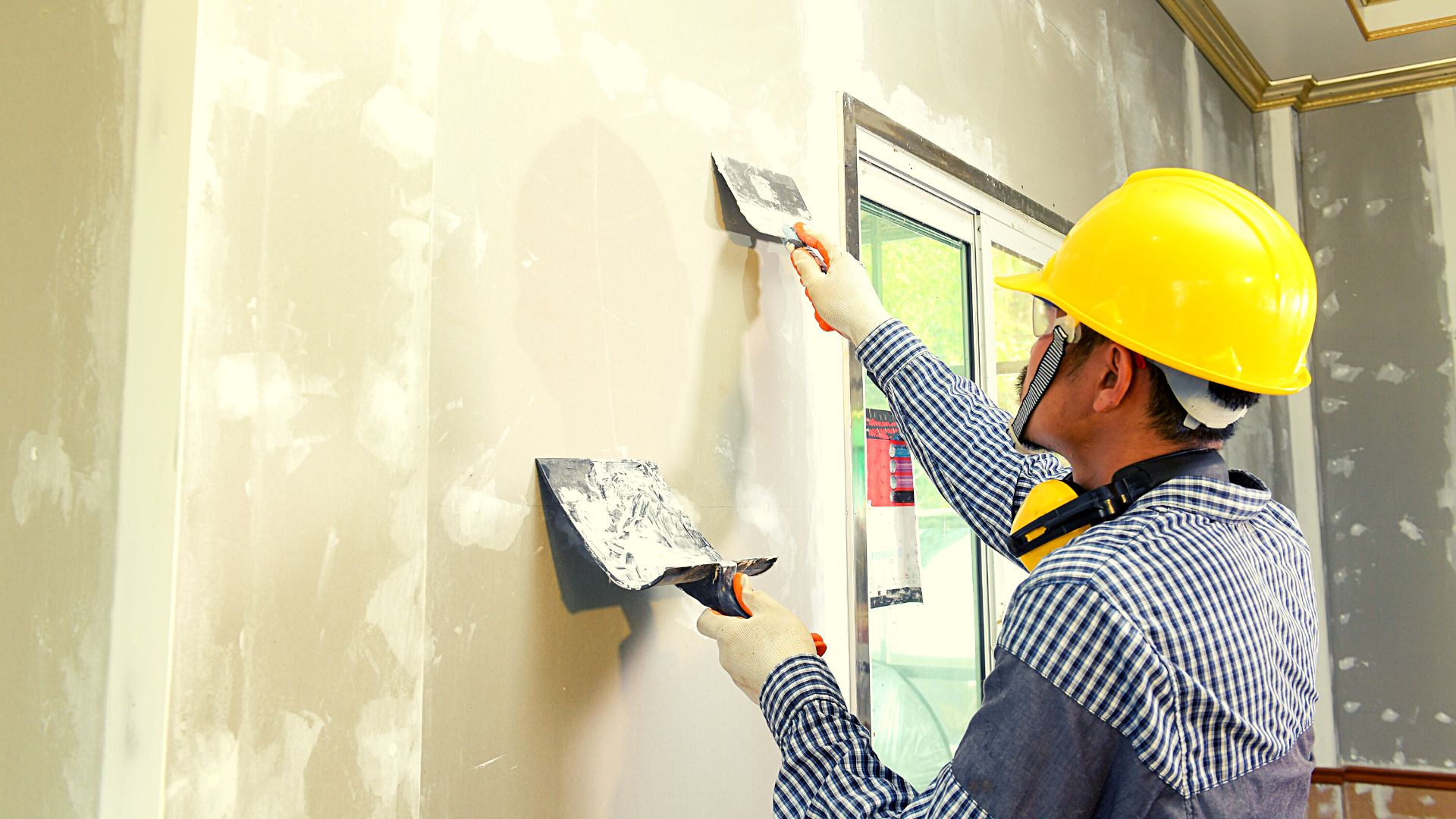
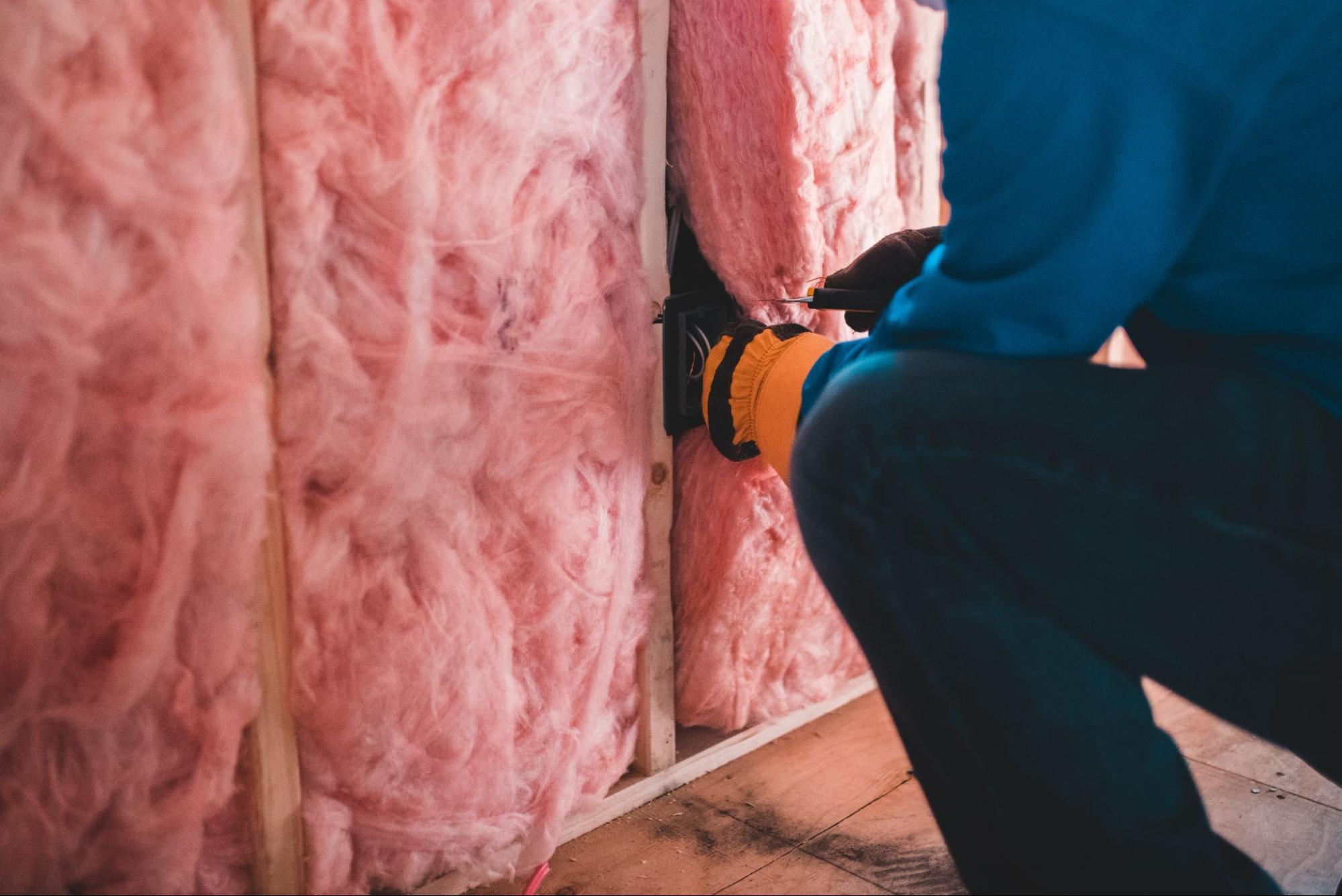
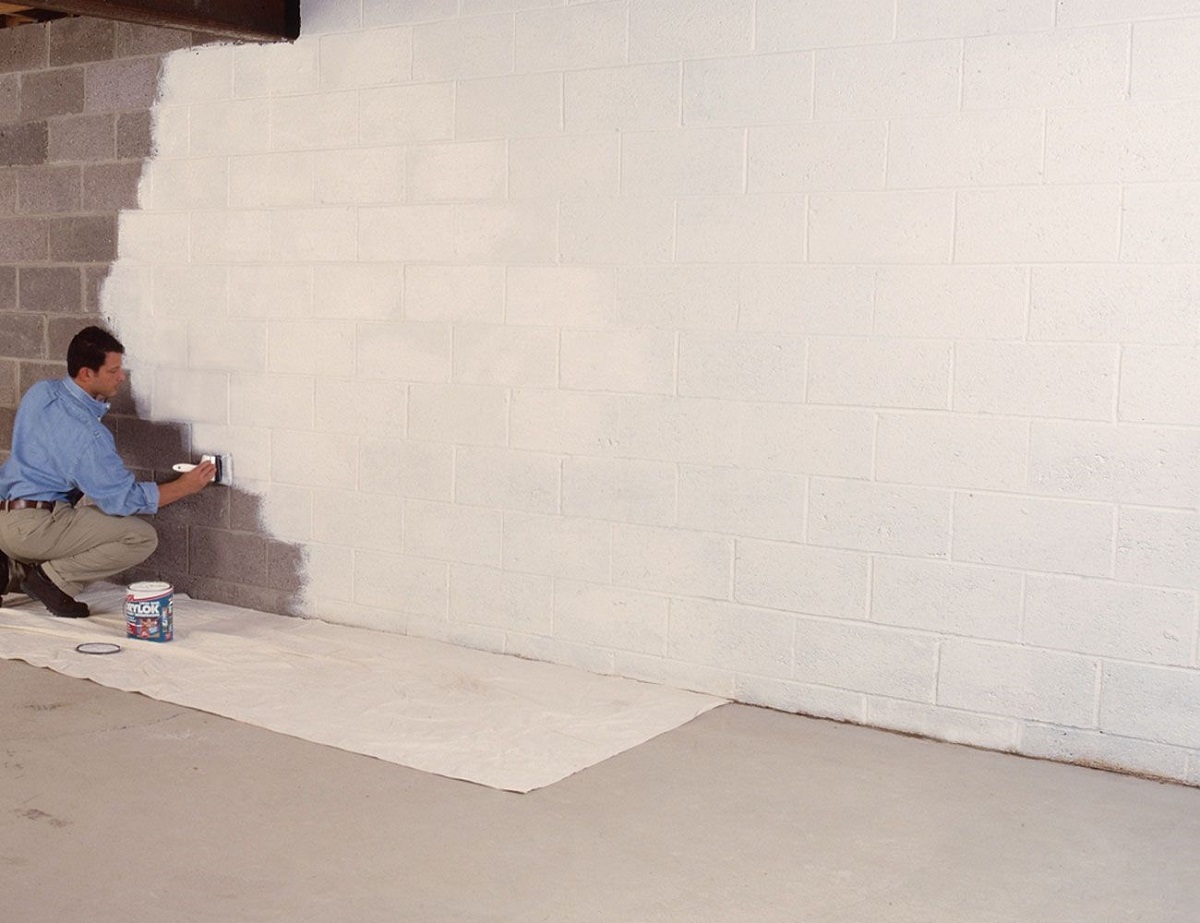

0 thoughts on “What Type Of Plywood Is For Exterior Walls”